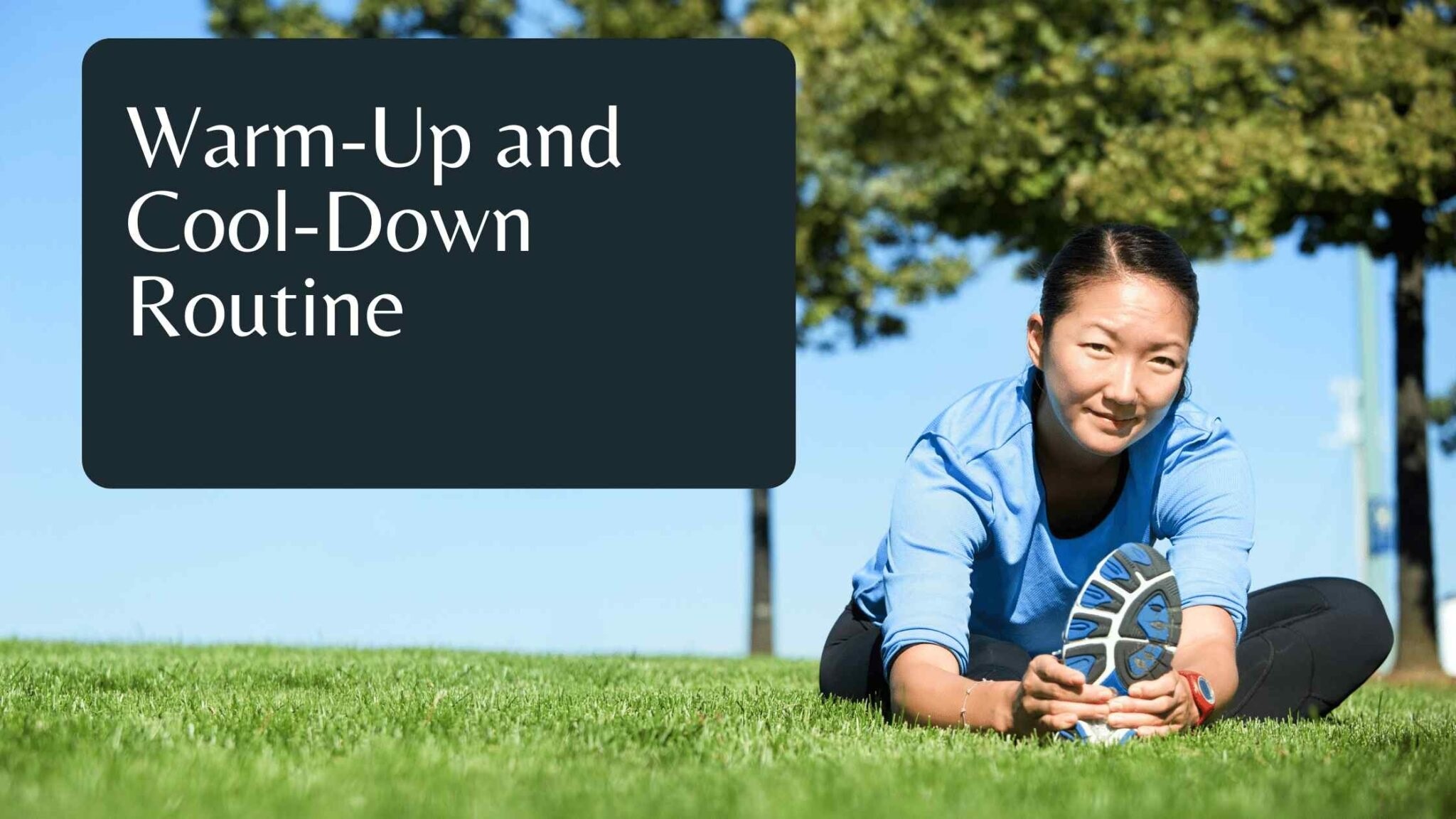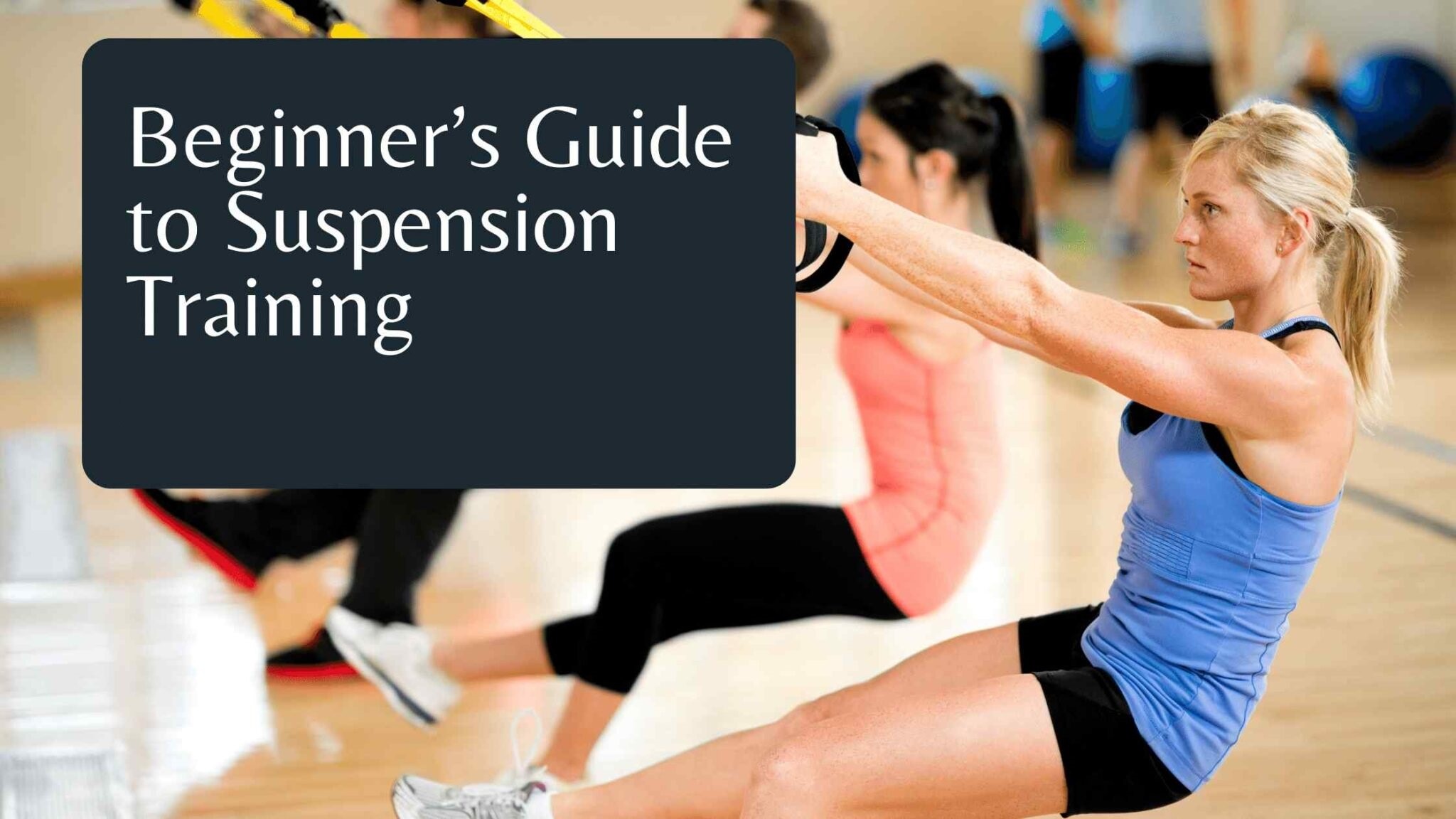Swimming Workouts: Tips and Techniques for All Levels
Are you looking for a low-impact, full-body workout that can improve strength, endurance, and cardiovascular health? Look no further than swimming! Whether you’re a seasoned swimmer or just dipping your toes into the pool for the first time, this versatile exercise offers endless opportunities to challenge yourself and achieve your fitness goals.
In this blog post, we’ll explore tips and techniques for all levels of swimmers to help you get the most out of your aquatic workouts. So grab your goggles and let’s dive in!
What is Swimming?

Swimming is a great workout for all levels, from beginner to advanced. It’s a full-body workout that can help you build muscle, lose fat, and improve your cardiovascular health.
If you’re new to swimming, start with the basics: learn how to float, how to move your arms and legs in a coordinated way, and how to breathe properly. Once you have the basics down, you can start doing swim workouts.
There are many different types of swim workouts, from long distance swimming to sprints to interval training. Choose the type of workout that fits your goals and level of fitness. For example, if you’re looking to build muscle, you might do a mix of long-distance swimming and sprints. Or if you’re trying to lose fat, you might do mostly long-distance swimming with some intervals thrown in.
No matter what kind of workout you choose, make sure to warm up before getting in the water and cool down after your swim. A proper warm-up and cool-down will help prevent injuries and help your body recover from your workout.
Benefits of Swimming Workouts
Swimming workouts offer a variety of benefits for people of all fitness levels. For beginners, swimming is a great way to get started with a workout routine. It is low-impact and easy on the joints, making it ideal for those who are new to exercise. Swimming is also a great cardio workout, helping to improve heart health and stamina.
Intermediate swimmers can benefit from adding swimming workouts to their routine as well. Swimming can help to increase muscle tone and definition, especially in the arms and legs. It is also an excellent way to burn calories and lose weight. In addition, swimming provides a full-body workout that can help to improve overall fitness levels.
Advanced swimmers can use swimming workouts to push themselves to the next level. Swimming can help build endurance and stamina, as well as increase speed and power. It is also an excellent way to challenge the muscles and help prevent plateaus in your fitness level. Whatever your skill level, swimming workouts offer a variety of benefits that can help you reach your fitness goals.
Common Types of Swimming Exercises
There are many different types of swimming exercises that can be beneficial for people of all levels. Some common swimming exercises include:
-Swimming laps: This is a great way to get a cardiovascular workout and improve your endurance.
-Swimming sprints: Sprinting can help you build up speed and power.
-Swimming with resistance: Using resistance tools like swim fins or a pool noodle can help you build strength.
-Water aerobics: These exercises are great for people who want a low-impact workout.
Helpful Tips on Technique and Form
If you’re new to swimming, or just looking to improve your technique, here are some helpful tips.
For freestyle swimming, proper technique starts with a good body position. Keep your head and back in line with the rest of your body, and tuck your chin to ensure good aerodynamics. Remember to kick from the hips, not the knees, and keep your arms close to your sides throughout the stroke.
For breaststroke, start with a strong glide phase, keeping your body as long and streamlined as possible. Remember to kick from the hips and keep your head down throughout the stroke. When bringing your arms forward, be sure to sweep them out wide before bringing them back in to the body.
For butterfly, start with a strong kick from the hips that propels you forward. Bring your arms up overhead and then dive down into the water, keeping your elbows close to your body. When you reach the midpoint of the stroke, shoot both arms forward at once and then bring them back in quickly before beginning the next stroke cycle. Remember to keep your head down throughout the entire stroke.
Different Levels of Swimming Workouts
Swimming is a great workout for people of all fitness levels. Whether you’re a beginner who’s just starting out, or an experienced swimmer looking for a new challenge, there are plenty of different workout options to keep you motivated and help you reach your fitness goals.
If you’re just starting out, try swimming laps at a slow, steady pace. This will help you get used to the feeling of being in the water and help build up your endurance. As you get more comfortable, you can start adding interval training to your workouts. This means swimming for a certain amount of time at a higher intensity, then taking a short break before swimming again. Interval training is a great way to push yourself and see results quickly.
If you’re already an experienced swimmer, there are plenty of ways to take your workouts to the next level. Try swimming laps at a faster pace, or add some resistance training by wearing weights around your ankles or using a resistance band while you swim. If you really want to challenge yourself, try open water swimming in lakes or oceans. This is a great way to enjoy the outdoors while getting an intense workout at the same time.
Preparing Your Body for a Swimming Workout
Have you ever wondered how elite swimmers prepare for a workout? In this article, we will explore the different techniques and tips that these athletes use to get their bodies ready for a swim.
One of the most important things that swimmers can do to prepare for a workout is to perform a thorough warm-up. This not only helps to prevent injuries, but can also improve your performance in the water. A good warm-up should include some light cardio (jogging or jumping jacks are great options), dynamic stretching, and one or two easy laps of swimming.
Once you are in the pool, it is important to start your workout slowly and gradually build up your intensity. If you try to go too hard too early, you will likely fatigue yourself and have to cut your workout short. Instead, focus on maintaining good technique and breathing steadily throughout your entire swim.
Finally, be sure to cool down after your workout with some easy laps and static stretches. This will help your muscles recover from the strenuous exercise and reduce the risk of stiffening up later.
Equipment You Might Need for a Swimming Workout
If you’re new to swimming, there are a few pieces of equipment you might need to get started. Here’s a list of some essential equipment for swimming workouts:
- Swimsuit: Make sure you have a swimsuit that fits well and is comfortable to swim in.
- Goggles: Goggles protect your eyes from the chlorinated water and help you see underwater.
- Swim Cap: A swim cap helps keep your hair out of your eyes and can also be used to streamline your body in the water.
- Kickboard: A kickboard is a flotation device that can be used to help with kicks and drills.
- Pull Buoy: A pull buoy is another flotation device that can be used to stabilize your legs so you can work on your upper body strokes.
- Fins: Fins can be worn on your feet to help with kicking drills or to give you more speed through the water.
Recovery After a Swim
“Recovery after a swim is important to focus on, especially if you are swimming for exercise. Active recovery helps flush out lactic acid build-up and prevents soreness. Here are some tips for post-swim recovery:
- drink plenty of fluids, particularly water or an electrolyte-rich sports drink;
- eat a small snack or meal within 30 minutes of finishing your swim;
- gently stretch any tight muscles;
- take a warm shower or bath; and
- lightly massage any areas that feel especially sore.”
Alternatives to Swimming
There are many ways to get a great workout without having to swim. Here are some alternatives to swimming that can help you stay in shape and improve your fitness level:
- Running – This is a great cardio workout that can be done outdoors or on a treadmill. If you are new to running, start with a slow pace and gradually increase your speed as you get more comfortable.
- Cycling – This is another excellent cardiovascular workout that can be done outdoors or indoors on a stationary bike. Again, start slowly and increase your intensity as you become more fit.
- Strength Training – lifting weights or using resistance bands are both great ways to build muscle and strength. Start with lighter weights and increase the amount of weight you lift as you get stronger.
- Pilates or Yoga – These workouts help improve flexibility and balance while also providing a good workout for the muscles. They can be done at home with DVDs or at a local gym or studio.
- Aerobics Classes – These classes offer a fun way to get a cardio workout while also learning new dance moves. You can find classes at most gyms or community centers.
Conclusion
Swimming is a great exercise for people of all fitness levels – from those just starting out to professionals. With the right techniques and tips, you can make swimming workouts more effective and enjoyable. Keep in mind that improving your technique through practice will help increase the benefits that come with each swim session. Don’t forget to listen to your body as well; if it’s telling you something, take some time off or adjust your workout accordingly. Finally, have fun and stay consistent for maximum results!







3 Comments